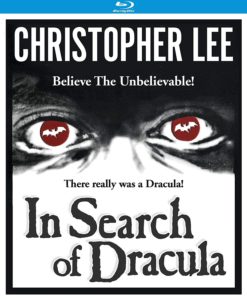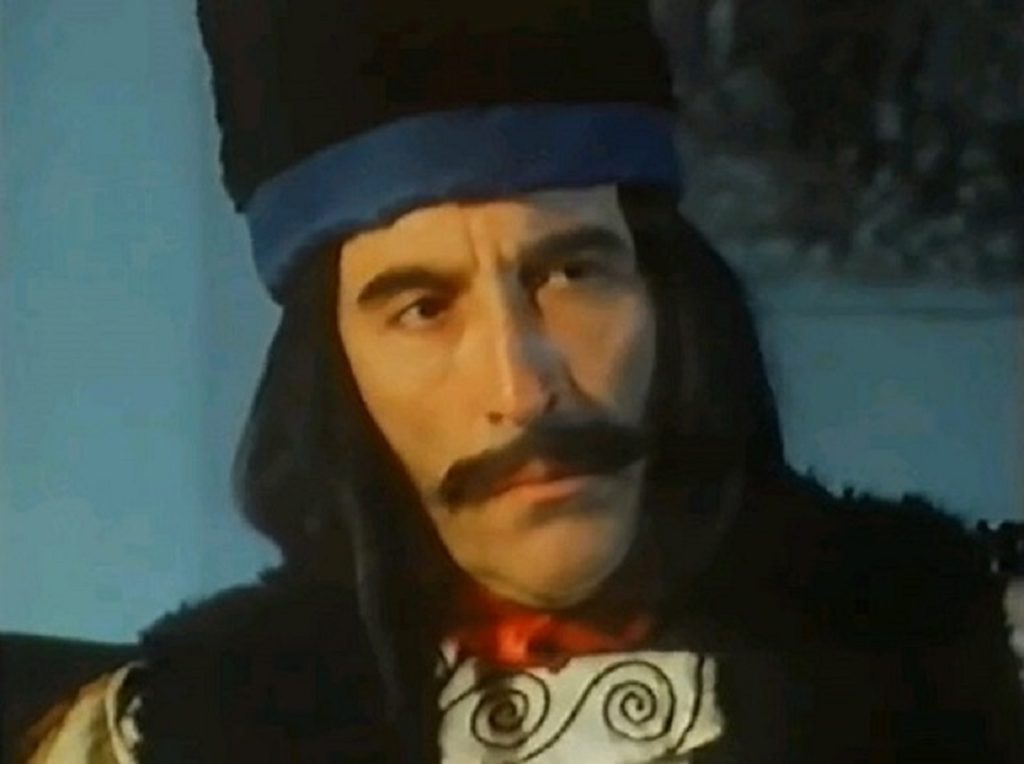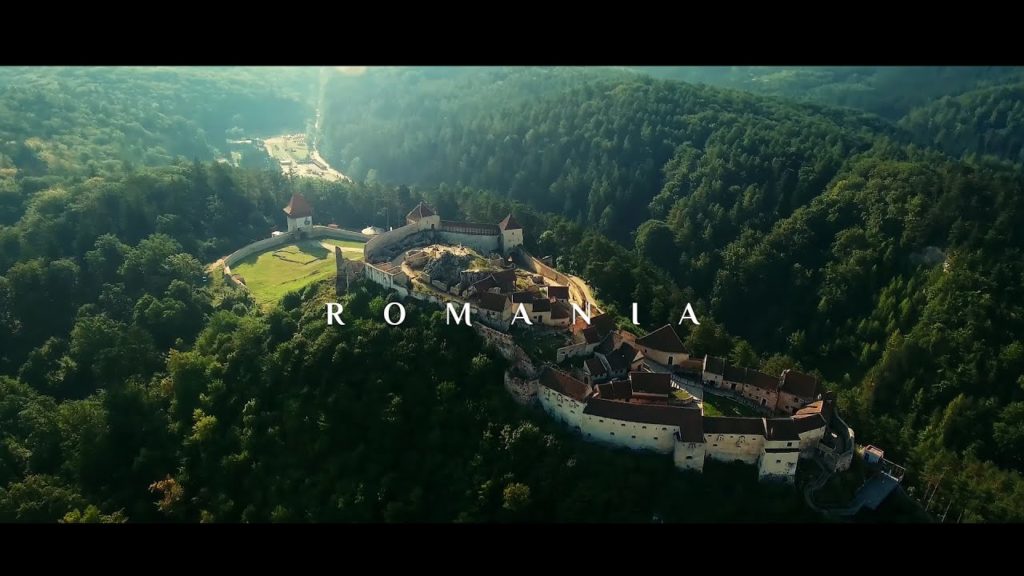Christopher Lee Hosts Eerie Vampire/Historical Documentary.
DIRECTED BY CALVIN FLOYD/1975
BLU-RAY STREET DATE: MAY 26, 2020/KL STUDIO CLASSICS

When you go searching for Dracula, you’ve got to be cautious of what you find. That seems to be the inadvertent lesson of the scattershot documentary of that exact stated purpose, 1975’s In Search of Dracula. (Based on the best-selling 1972 non-fiction book of the same title by Raymond T. McNally and Radu Florescu).
While the actual aristocratic bloodsucker of legend is not discovered in the flesh, In Search of Dracula produces the next best thing: Christopher Lee himself. The grand actor of London bears the honorable distinction of having portrayed Dracula on the silver screen more often than anyone else. Most but not all of Lee’s Dracula performances were for the venerable Hammer Studios, where he initially starred in director Terence Fisher’s game-changing 1958 revival, Dracula (known in the U.S. as Horror of Dracula). Over the years, by virtue of both Lee’s said increasing disinterest in continuing to don the cape as well as the changing landscape of horror films in general, his Dracula performances shrank in terms of screen-time, dialogue, and any semblance of humanity. By 1975, one can deduce that the actor was both intellectually done with the character, but perhaps also felt a certain undeniable tether to him. Hence, his fairly extensive involvement with this film, In Search of Dracula.
With the Independent-International Pictures production In Search of Dracula, Lee goes well beyond the role of narrator or even host, though he dutifully fulfills those tasks. Ostensibly given the chance to course-correct the years of purely fictionalized Dracula portrayals which he’s been the face of (one particularly notorious effort, 1970’s Scars of Dracula, featuring Lee as a particularly animalistic and red-eyed Count, is represented here with several clips), the famously literate Lee goes all in to personify the historical version of the figures that gave way to Bram Stoker’s overshadowing mythically vampiric version, Vlad Tepes.

Mixing brief period re-enactments with a steady stream of historical carvings, paintings, manuscripts, and renderings, In Search of Dracula takes us to many of the authentic castles and locations where the dark lore is said to have actually occurred, spread across several countries and regions. (Including the castle of Tepes himself, located in Bran, Romania). The location photography, coupled with the budget-sensitive film-grain aesthetic of the era, communicates an undeniably eerie quality to the otherwise somewhat rote proceedings of re-enactment/artwork/repeat.
This horror-centric vibe coupled with the PG-rated film’s propensity for sensationalism (be it with the very near-nudity of reenactor, or by way of the numerous gory retellings of the violent murderous actions of Tepes) lends In Search of Dracula a gruesome allure that most any other documentaries would either resist or simply lack outright. While it’s true that no documentary is ever truly objective, such infusions of blatantly lurid matter can’t help but compromise any educational intent that the filmmakers may’ve intended.
Even at under ninety minutes in length, it’s clear that at various points throughout, director Calvin Floyd’s Search strays too far away from its stated subject matter. While Floyd does a fine job of cataloging various legends, facts, and anecdotes about Vlad Tepes and later, author Bram Stoker, it all too often heads down rabbit holes of subject matter that are tangentially related at best. These rabbit holes are approached without hesitation despite their obvious flagging as unnecessary padding.
Consequently, we find ourselves amid pocket studies on a modern-day fella with a vampiric fixation (ala George Romero’s Martin), an aristocracy of werewolf-like people, and even an extended focus on Mary Shelley’s Frankenstein, complete with its own re-enactments! Wading through all of this during what’s billed as the “Search for Dracula” is both confusing and fatiguing. One thing seems to be certain: Even with the wealth of Dracula findings presented, they didn’t end up with enough to warrant a feature-length documentary. (Though a shorter fifty-five-minute cut did circulate in Europe). This is ironic, considering the sheer glut of Dracula narrative films that have arisen over the years.

Kino Lorber Studio Classics has released In Search of Dracula on Blu-ray with a new 2K master. The film’s hazy visuals and 4×3 aspect ratio are effectively maintained, complementing its many scenes of Romanian village culture and whatnot. Film historians Lee Gambin and John Harrison provide a commentary, offering a rather dense unpacking of what is already an informationally dense piece. Their contextualization is particularly appreciated in regard to the documentary itself, placing it in its moment in time when supernatural-baiting docs were a common part of the pop culture landscape. The track seems to be a few seconds out of intended synch with the movie, resulting in a few specific moments in which the commentators are slightly ahead of the images they’re referring to. This is not a dealbreaker or even a big deal, but it is worth noting in terms of this release.
While In Search of Dracula does ultimately favor showmanship over academics (which is also said to be true of Florescu and McNally’s book), one can scarcely blame it for going that route. The showmanship inherent in the Dracula myth is, after all, a key reason to its longevity and popularity. In Search of Dracula may not be the definitive word in vampiric studies, but it does have its place in the post-Hammer, supernaturally-fascinated mid-1970s.

